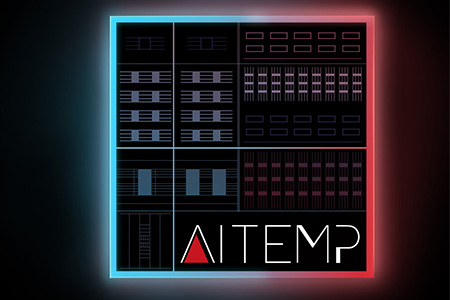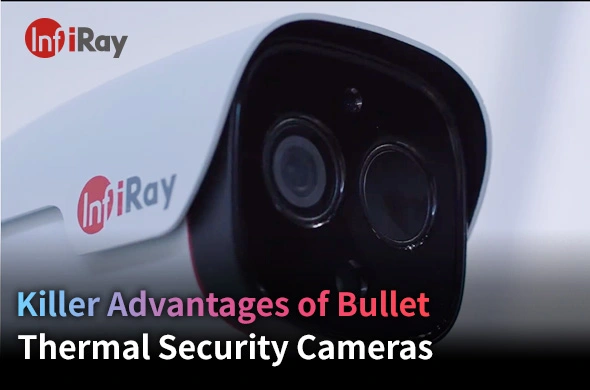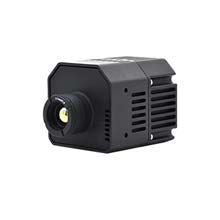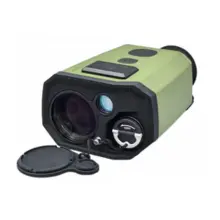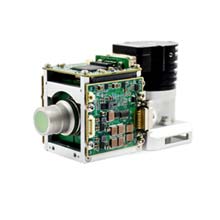What is A Thermal Infrared CCTV Camera and How Does It Work

In today's security landscape, the demand for advanced surveillance solutions is continually evolving. Among the array of options available, Thermal Infrared CCTV Cameras stand out as a cutting-edge technology, offering enhanced visibility and performance, especially in challenging environments and low-light conditions.
Understanding Thermal Infrared CCTV Cameras
Thermal Infrared CCTV Cameras, commonly referred to as IR CCTV cameras, utilize infrared radiation to capture images. Unlike traditional CCTV cameras, which rely solely on visible light, thermal cameras detect heat emitted by objects and individuals. This technology enables them to produce high-quality images regardless of lighting conditions, making them ideal for both indoor and outdoor surveillance applications.

How Thermal Infrared CCTV Cameras Work
At the core of a Thermal Infrared CCTV Camera lies a specialized sensor known as a thermal imaging sensor. This sensor detects the infrared radiation emitted by objects and converts it into electrical signals. These signals are then processed to generate a thermal image, which displays variations in temperature as different shades of grayscale or color.

Key Components of a Thermal Infrared CCTV Camera
Thermal Imaging Sensor:
This sensor is the heart of the camera, responsible for detecting infrared radiation and producing thermal images.
Optical System:
The optical system focuses infrared radiation onto the thermal imaging sensor, ensuring accurate and precise image capture.
Image Processing Unit:
Once the electrical signals are generated by the sensor, they are processed by the image processing unit to create a coherent thermal image.

Applications of Thermal Infrared CCTV Cameras
Thermal Infrared CCTV Cameras find widespread use across various industries and scenarios:
Security and Protection:
These cameras excel in detecting intruders and monitoring premises, even in complete darkness or adverse weather conditions.
Search and Rescue Operations:
Thermal cameras aid search and rescue teams in locating missing persons or survivors in challenging environments, such as dense forests or foggy conditions.
Industrial Inspections:
Thermal imaging technology is utilized for inspecting equipment, detecting overheating machinery, and identifying potential faults in electrical systems.

Advantages of Thermal Infrared CCTV Cameras
Enhanced Visibility:
Thermal cameras offer superior visibility in low-light conditions, complete darkness, and adverse weather conditions, ensuring continuous surveillance capabilities.
Long-Range Detection:
They can detect heat signatures from long distances, enabling proactive monitoring of large areas without compromising on image quality.
Cost-Effective Solutions:
While initially considered a high-end technology, advancements have made thermal cameras more accessible, providing cost-effective surveillance solutions.

Thermal Infrared CCTV Cameras represent a significant advancement in security technology, offering unparalleled visibility and performance in challenging environments. By harnessing the power of infrared radiation, these cameras provide reliable monitoring and detection capabilities, making them indispensable tools for security, search and rescue, and industrial applications.
For businesses and organizations seeking robust surveillance solutions, investing in Thermal Infrared CCTV Cameras can provide peace of mind and enhanced security measures, ensuring comprehensive protection of assets and personnel.

 français
français  Deutsch
Deutsch  Español
Español  italiano
italiano  português
português  العربية
العربية  日本語
日本語  한국어
한국어  magyar
magyar 






